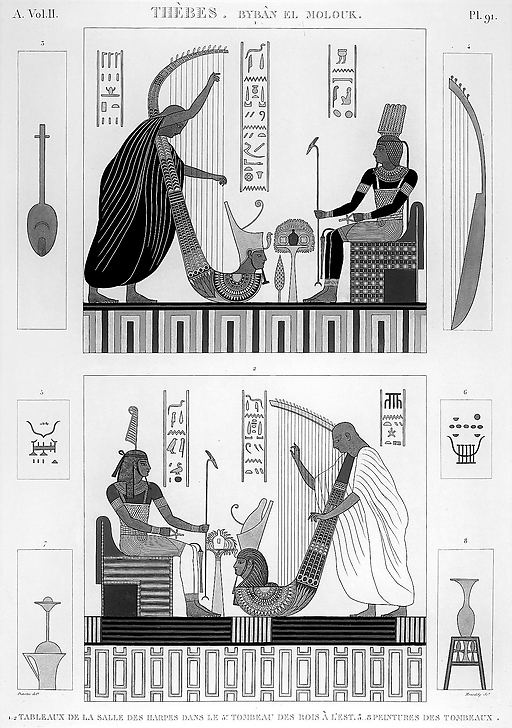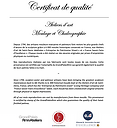Engraving Harp Room Murals
KM004719
The expedition of the French army to Egypt, commanded by Napoleon Bonaparte between 1798 and 1801, was in accordance with two wishes. The first was to free Egypt from Mamluk power through military and naval campaigns. The second was to get to know this foreign soil better: more than 35,000 troops accompanied...
Read more
The expedition of the French army to Egypt, commanded by Napoleon Bonaparte between 1798 and 1801, was in accordance with two wishes. The first was to free Egypt from Mamluk power through military and naval campaigns. The second was to get to know this foreign soil better: more than 35,000 troops accompanied a team of scientists. This phalanx was composed of nearly 175 scientists, most of whom were young engineers, technicians, mathematicians, chemists, orientalists, musicians... Others, engineers from the grandes écoles: Polytechnique, Ponts et Chaussées, Mines, completed this number. We can mention famous people such as the naturalist Geoffroy Saint-Hilaire, the inventor and draftsman Nicolas-Jacques Conté, the chemist Berthollet, the artist Vivant Denon...
Despite the dust, the harsh climate, the diseases and the war context, these scientists inspected, recorded and drew with great care and precision everything that Egypt's soil had in common with the West... Thus, faithful to what Napoleon had given as his purpose to the French Institute in Cairo when it was created on 23 August 1798, namely "the progress and propagation of the Enlightenment in Egypt, the research, study and publication of the natural, industrial and historical facts of Egypt", they brought back to France numerous documents that would be engraved and thus pass to posterity. Even today they are still a unique source since some monuments have been destroyed.
Close
Login to see prices
Sold by GrandPalaisRmn






